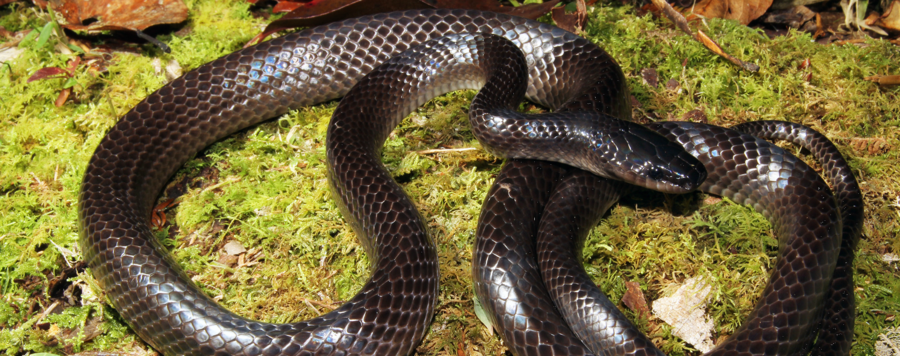
Carefully examining Bornean Stegonotus (Serpentes, Colubridae): the montane groundsnake population in Sabah is a new and distinct species
During a taxonomic revision of species in the genus Stegonotus Duméril et al., 1854, we re-examined over 90% of all known museum specimens from this taxon. Of the five specimens available to us from the island of Borneo, three are clearly distinct from the other two. The latter are from the lowland rainforest in Sarawak, Malaysia, which includes the type locality of S. borneensis, and therefore these specimens retain that name. We here describe the other three, which include the paratype of S. borneensis, as a new species from Sabah, Malaysia. The new species can be differentiated from S. borneensis and all other species of Stegonotus by the combination of a high number of ventrals (> 210) combined with a low number of subcaudals (< 70), a short tail (indicated by a low subcaudal ratio of < 0.25), 17-17-15 dorsal scale rows, a snout-scale ratio of 1/4–1/3, the “gull wing +” condition of the rostral, the number of supralabials touching the eye, and a dorsal color pattern featuring a dark gray-brown head offset from a lighter-brown rest of the body. The number of subcaudals in the holotype of the new species is only 21% of the number of ventrals, the lowest proportion in the genus. The new species is found at elevations above 1000 m in the cool, montane habitats of the Crocker Range and around the foot of Mt. Kinabalu, Southeast Asia’s tallest mountain, from where it has been known but taxonomically unrecognized since at least the 1880s.






